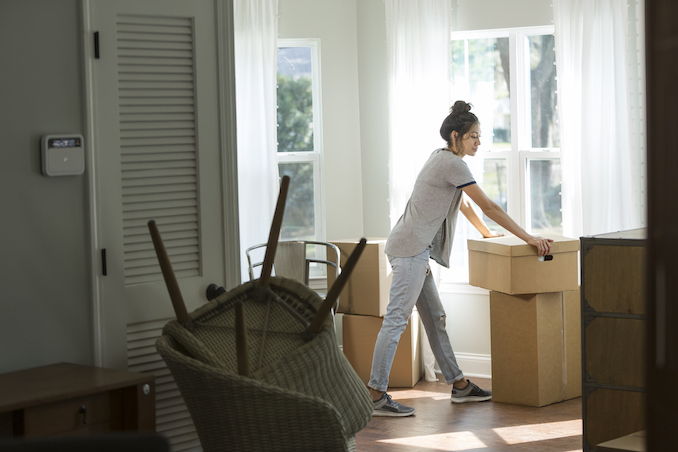Moving home requires a lot of effort and can be a serious drain on your time, budget, and resources. What you may not realise, however, is that relocating can also be quite detrimental to the environment. Moving house heightens your carbon footprint and can also lead to breakage of your belongings, requiring you to replace them. Plus, all those packing materials you’ve acquired are probably going to be discarded once you reach your destination. So, how do you reduce your environmental impact while moving? The below strategies can help:
Get Professional Help
The first thing you’re going to want to do is reach out to a Sydney removalist or similar professional in your area. Those who move homes for a living will generally have systems in place that maximise efficiency and minimise damage. Not only is this beneficial to you (as it keeps costs down) but it’s also helpful to the planet. By moving things in a better way, professionals are able to keep their carbon footprint as low as possible.
Wrap Fragile Items in Clothes
Wrapping fragile items in newspapers when moving home has been common practice for a long time. It makes sense to protect your breakables, after all, and it’s a quick and easy solution. However, by wrapping your fragile items in clothing instead, you can achieve the same results in a way that is much kinder to the environment. You’ll obviously still want to follow all other steps in the fragile item packing process, but this one substitution is quite effective.
Use Dissolving Packing Beans
In an ideal world, you’d be able to pack everything up in tubs you can reuse at your new home and secure everything using clothes, towels or sheets. However, this isn’t always possible. Sometimes you simply can’t avoid using disposable items. The good news is that there are sustainable options you can turn to when you find yourself in this situation.
Packing beans are commonly used to protect items while travelling, but their traditional construction isn’t exactly great for the planet. Thankfully, biodegradable options are now readily available, and they’re a much better choice. Once you’ve unpacked everything at your new home, simply pop your packing beans in the sink (or bath if you’ve got a lot of them) and turn the tap on. They’ll dissolve, and you’ll have a lot less rubbish to throw out.
Declutter Before Moving
While packing, it’s a good idea to assess whether you really need to take everything with you. Not only will you reduce your workload if you declutter unnecessary items but you’ll also reduce your impact on the environment. Items that don’t add value to your life still add to the expense and hassle of moving. Instead of paying extra to move these items to your new home, consider selling or donating them before you pack. You’ll reduce your emissions, they’ll find new owners who appreciate them, and you’ll enjoy not having to carry them with you moving forward.
Moving home is a complicated and time-consuming process, so it can be easy to forget about the consequences it can have beyond yourself and your household. By employing these strategies, however, you’ll be able to minimise the impact you have on the planet while you’re relocating. The process is never going to be entirely eco-friendly – you are taking your whole life and putting it in a new place, after all – but any step in the right direction is a good one. Enjoy your new home!

